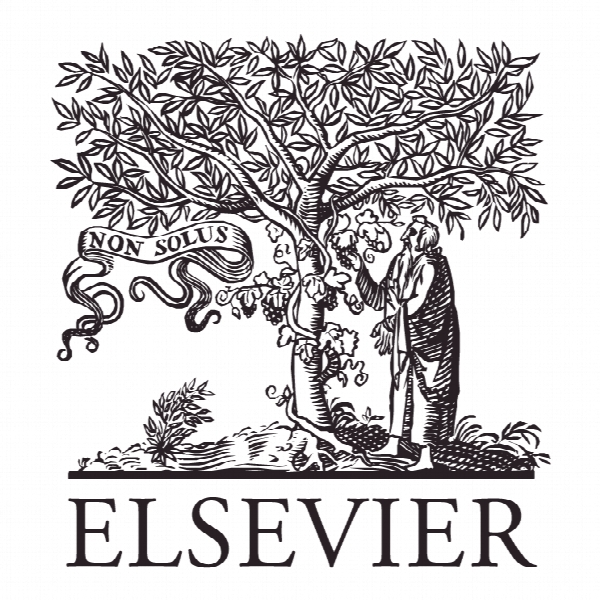زنجیره تامین انرژی پایدار و تجدید پذیر: نظریه پویایی سیستم Sustainable and renewable energy supply chain: A system dynamics overview
- نوع فایل : کتاب
- زبان : انگلیسی
- ناشر : Elsevier
- چاپ و سال / کشور: 2018
توضیحات
رشته های مرتبط مهندسی صنایع
گرایش های مرتبط لجستیک و زنجیره تامین
مجله بازبینی و بررسی انرژی پایدار – Renewable and Sustainable Energy Reviews
دانشگاه Graduate Program in Industrial Engineering (PEI) – Federal University of Bahia – Brazil
منتشر شده در نشریه الزویر
کلمات کلیدی انرژی تجدید پذیر، زنجیره تامین، دینامیک سیستم، زنجیره تامین پایدار، مدل سازی
گرایش های مرتبط لجستیک و زنجیره تامین
مجله بازبینی و بررسی انرژی پایدار – Renewable and Sustainable Energy Reviews
دانشگاه Graduate Program in Industrial Engineering (PEI) – Federal University of Bahia – Brazil
منتشر شده در نشریه الزویر
کلمات کلیدی انرژی تجدید پذیر، زنجیره تامین، دینامیک سیستم، زنجیره تامین پایدار، مدل سازی
Description
1. Introduction Renewable energy (RE) and sustainable supply chain management (SSCM) play an important role in the literature considering its contribution and significance in the global energy industry. Firstly, SSCM has been studied in depth in order to establish concepts associated with the sustainability of supply chain, e.g. [1,2]. Secondly, RE has been an important issue in the green economy as the use of fossil fuels has been declining because of its greenhouse gas (GHG) emissions and low prices, e.g. [3]. To address complexity in decision-making processes, some practitioners and researchers have used system dynamics (SD) as a method for modelling and simulating complex situations to recognise changes, multiple players and interdependencies among different systems and processes [4]. Two of the main objectives in SSCM are the performance assessment and integration of the operations associated with environmental, social and economic issues, e.g. [1,5,6]. This integration cannot cope with a sustainable approach and in the energy sector in particular, this could have a meaningful impact on economic development [7]. A sustainable supply chain (SSC) must involve coordination among resources, flows and stocks with a well-defined sustainability concept and this requires more attention by all actors involved in the renewable energy value chain. Some literature reviews focusing on the modelling of SSCM have shown how to reduce costs by using operational research methods [5,8,9]. On the other hand, the most used method for the analysis of RE is Life-Cycle Assessment (LCA) [3,10]. LCA has been considered the most comprehensive approach for environmental impact assessment as well as an important tool for decision makers to establish the investment strategy in the renewable energy field [3,10]. Likewise, this tool has been used in the environmental evaluation of buildings in order to design and construct low energy buildings with less environmental impact [11]. However, this approach is considered insufficient to understand the dynamic interrelationships between subsystems because it requires complementary approaches for assessing the economic and social dimensions of sustainability, i.e. Triple-Bottom-Line [10].


